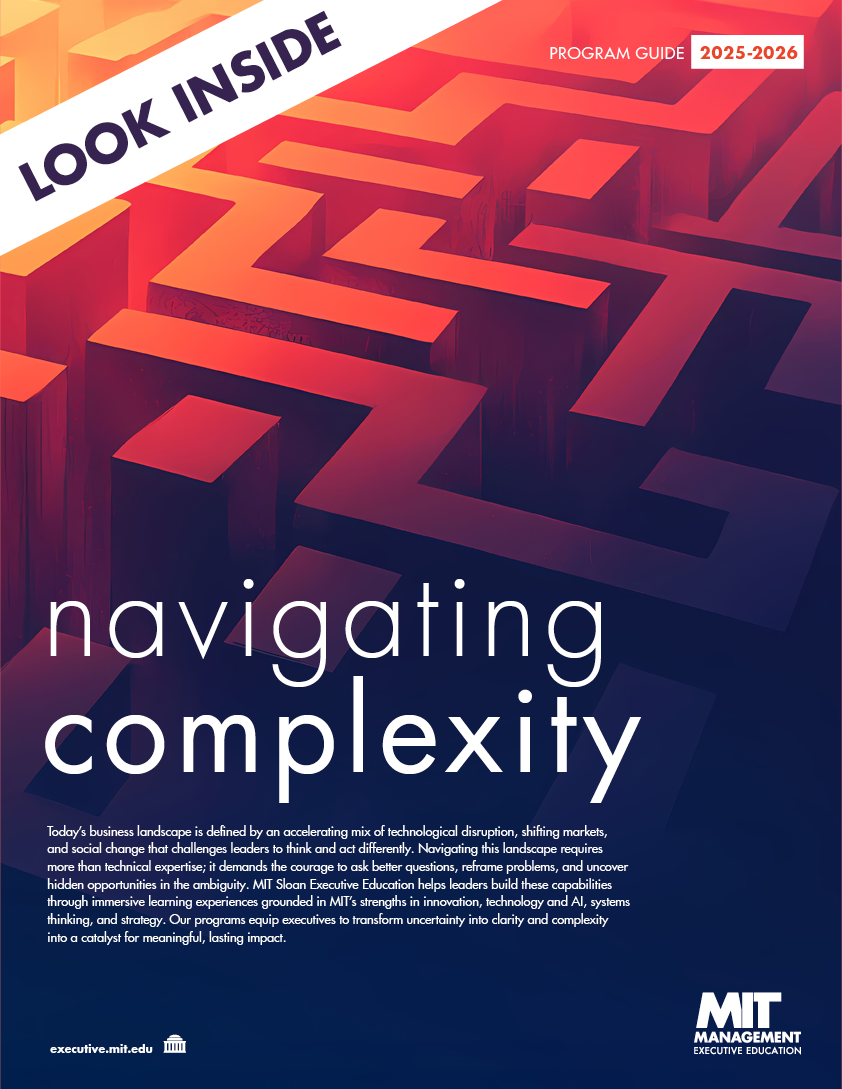Over the past two decades, some of the most profitable and successful firms are those that have adopted a digital platform model—a platform strategy whereby the company allows two or more disparate groups to interact over a platform to co-create value. For example, software engineers and recruiters/hiring managers at Interviewing.io, recruiters and employees on LinkedIn, and drivers and customers on Uber. Participants eager to develop or launch a digital platform approach will learn why and how their business strategies may need to be revised to be successful.
In 2018, eight of the top ten global brands (according to Brandz) were digital platform-orientated companies —companies that created and now dominate arenas in which buyers, sellers, and a variety of third parties are connected in real time. In today’s networked age, the cloud, social media, and mobile devices are fueling this platform competition, and more and more companies want in. However, many companies fail in becoming platform leaders because their technology and/or business strategies fall short.
While many digital platform strategies are well known (e.g., Apple’s iTunes), there are other less-heralded platforms that are exploring new ways to create and capture value. These include dynamic pricing, usage fees, highly targeted product and service offerings, inbound marketing, and network effects.
















